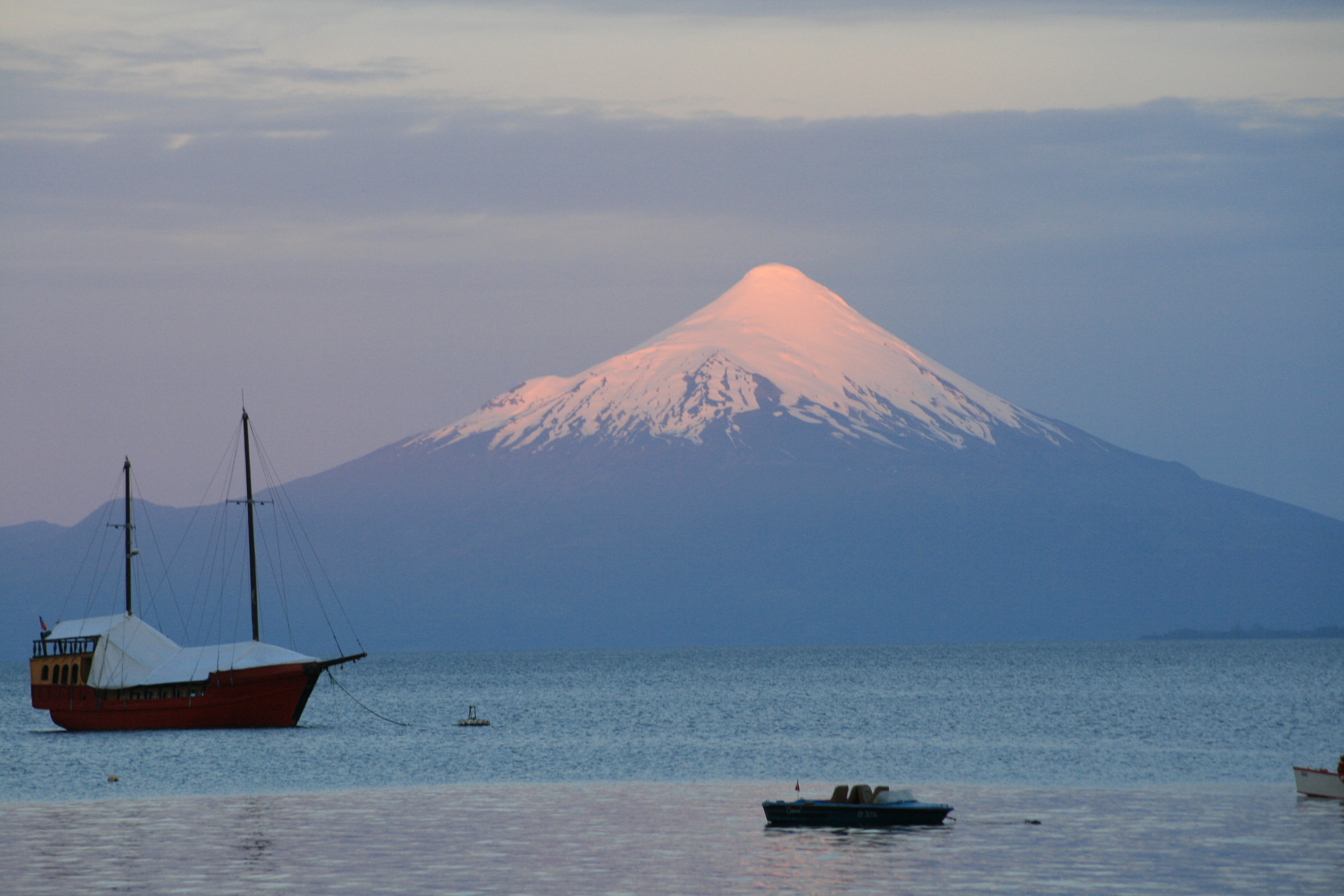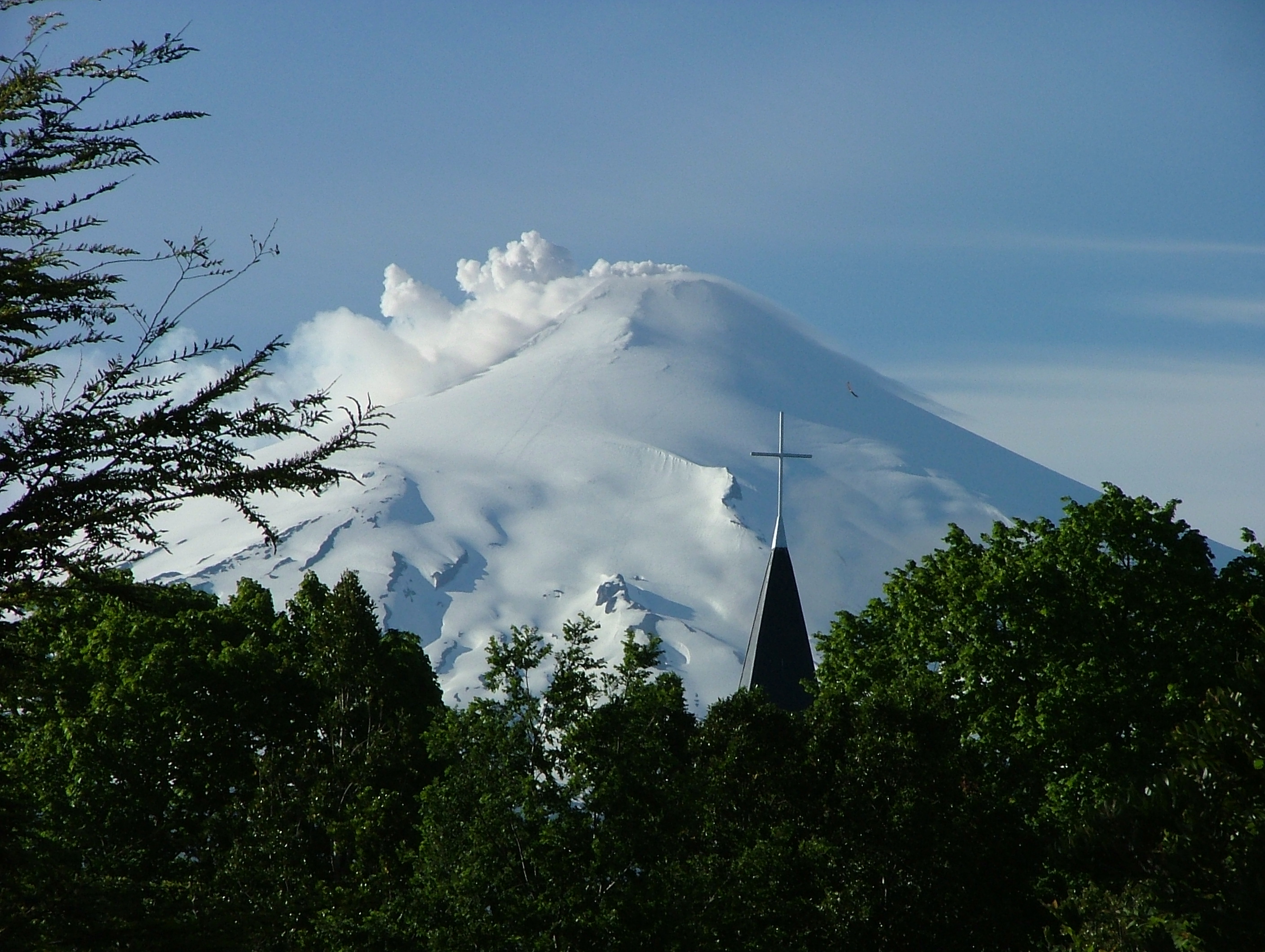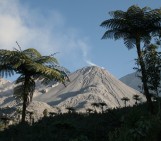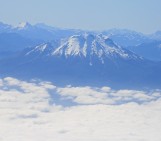November 7th marked the 175th anniversary of one of the largest earthquakes to have struck northern Patagonia. The earthquake, which is estimated to have had a magnitude of 8, had an epicentre close to Valdivia, and was accompanied by significant ground shaking and subsidence as far south as Chiloe island, and a major tsunami that reached Hawaii. The eyewitness reports of the time have been well documented. From a geological perspective, the key feature of the 1837 earthquake is that it occurred along a section of the plate boundary that has ruptured repeatedly, with great earthquakes in 1575, 1737 and, most significantly, in 1960 – which, with a magnitude of 9.5, is still the largest recorded earthquake globally. The 1837 earthquake struck just two years after the great Concepcion earthquake, of February 1835, which was exquisitely documented by Charles Darwin, among others. Because of the location, adjacent to the long southern Chilean volcanic arc, and the frequency of large earthquakes in this region, both the 1835 and 1837 earthquakes have become critical pieces of evidence for the ongoing question of whether, and how, large earthquakes might lead to small triggered volcanic eruptions. Historical records from the region that include maps, expedition reports and navigational charts mean that the record of past eruptions in the southern parts of the central valley of Chile extend back into the 16th century and the earliest Spanish colonists.
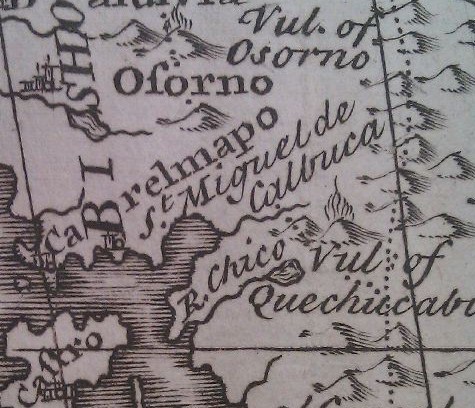
Map of southern Chile, and the northern part of Chiloe island extracted from ‘A new and accurate map of Chili, Terra Magellanica, Terra del Fuego etc.’ compiled by Emanuel Bowen in 1747. Active volcanoes of Osorno (vul. of Osorno) and, probably, Hornopiren (vul. of Quechucabi) are shown. From the Bodleian libraries, University of Oxford.
The 1837 Valdivia earthquake was followed by reported eruptions, on the same date, both at volcan Osorno, and Villarrica. Both volcanoes had already been in a state of activity on and off in the months or years prior to the earthquake, and both have long historical records of activity, so the observations are not necessarily surprising. One of the challenges of testing for cause and effect when it comes to possible earthquake-triggered eruptions is the likelihood of false reporting that arises from the natural tendency of people to conflate all sorts of observations and speculations in the aftermath of major events, like earthquakes. For example, both Villarrica and Osorno have also been recorded as having erupted shortly after the great earthquake of 1575, but neither observation is necessarily secure.
In contrast to the reports from 1837, the 1960 earthquake did not appear to have any major consequences for either system. Osorno has now been dormant since the late 19th century, while activity at Villarrica has rumbled on into the 21 st century.
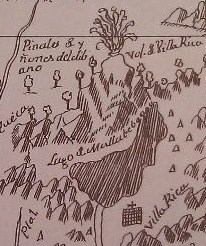
Map of volcan Villarrica, from 1759. Reproduced in ‘Cartografia hispano colonial de Chile’, published in 1952 to mark the centenary of the birth of Don Jose T Medina. From the Bodleian libraries, University of Oxford.
Work is still in progress to investigate the consequences of the most recent great earthquake in the region: the Maule earthquake of February 2010. It remains possible that reported changes in activity at Villarrica in March 2010, seen in thermal infra-red satellite imagery, and subsequent eruptions of Planchon-Peteroa and Puyehue – Cordon Caulle may ultimately be linked to the rejuvenating effects of the earthquake, but this remains to be properly tested.
Of course, this is a question that is mainly of academic interest (in terms of understanding how eruptions are triggered), since most of the eruptions documented to have occurred in the immediate aftermath of great earthquakes are very small, and are most likely to occur at systems which have already been in eruption. The consequences of these eruptions are usually negligible, compared to the effects of the large earthquakes themselves. In recognition of the frequency of these potentially devastating earthquakes, the Chilean authorities (ONEMI, Oficina Nacional de Emergencia) are today holding an earthquake simulation across the schools of Santiago, as part of the programme of national preparedness for future emergencies.

